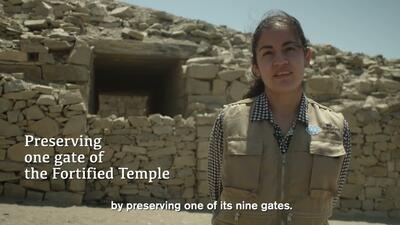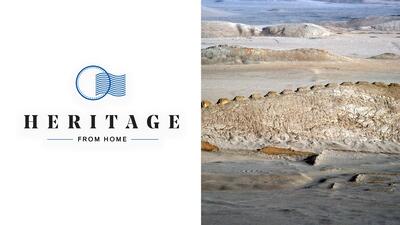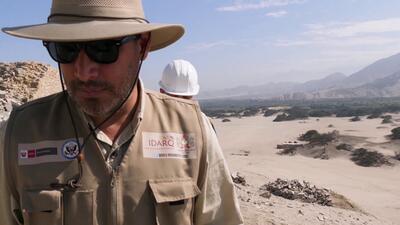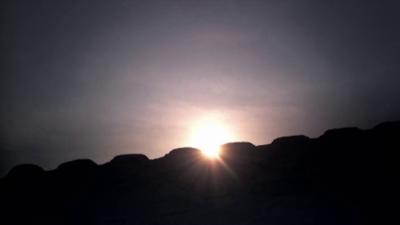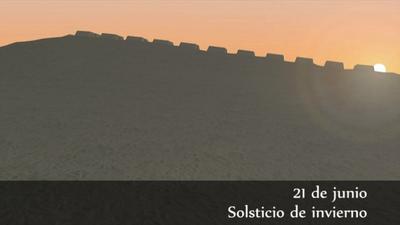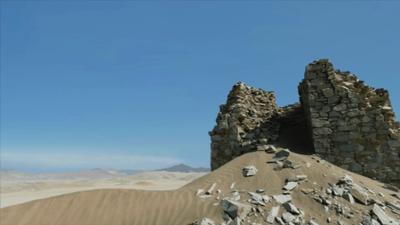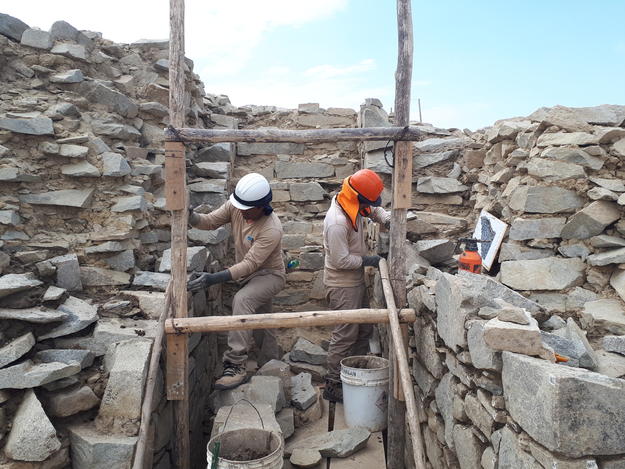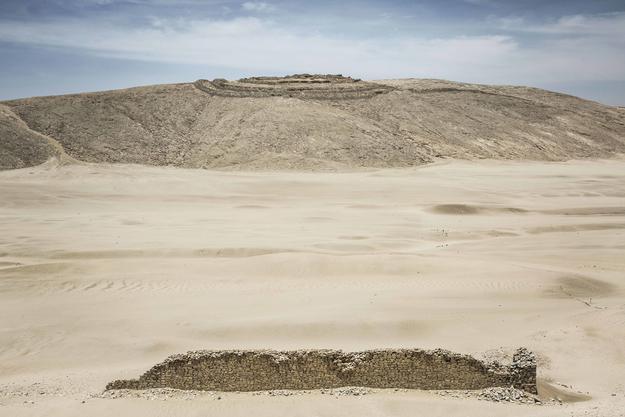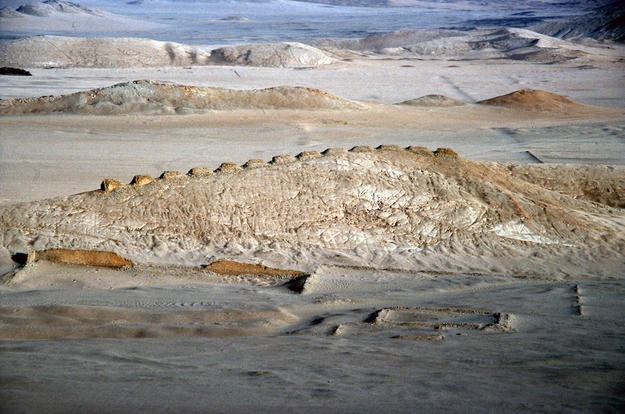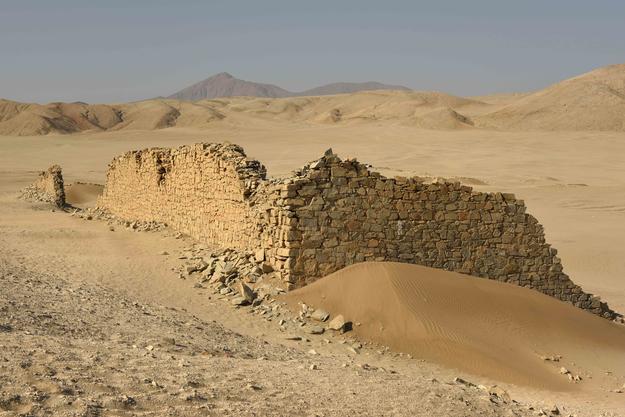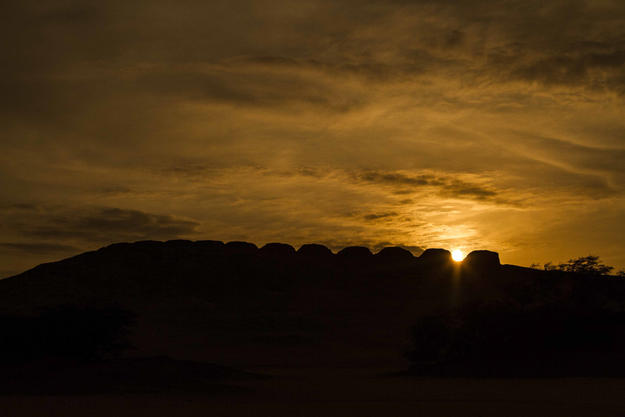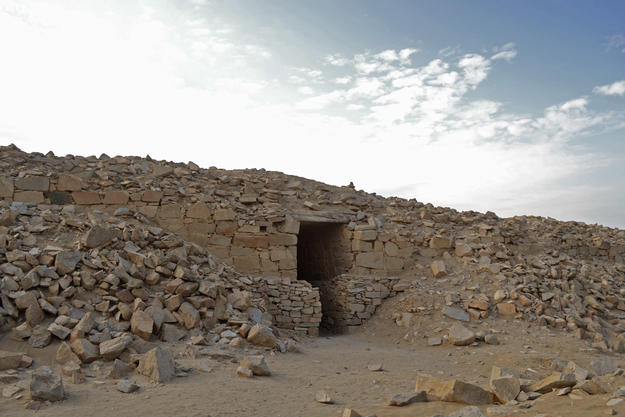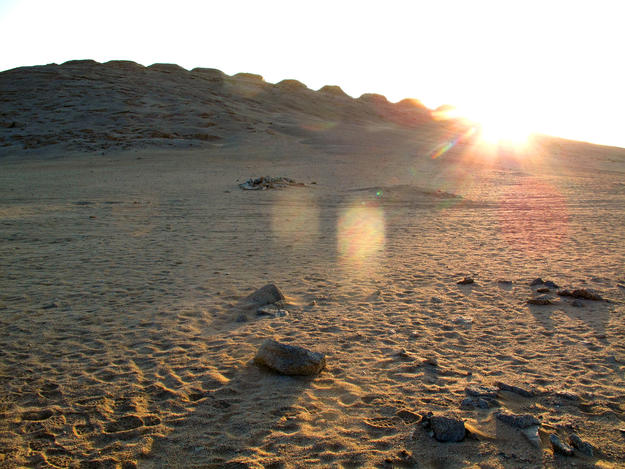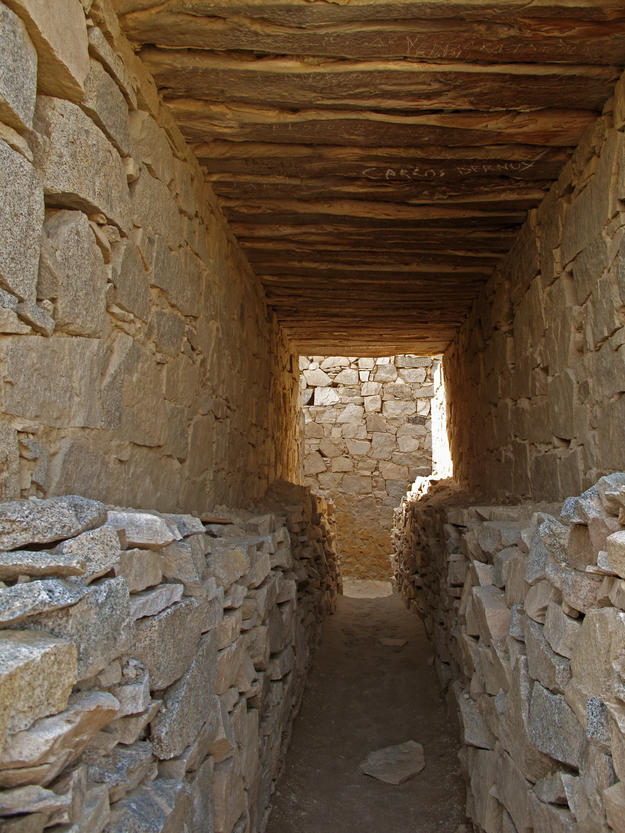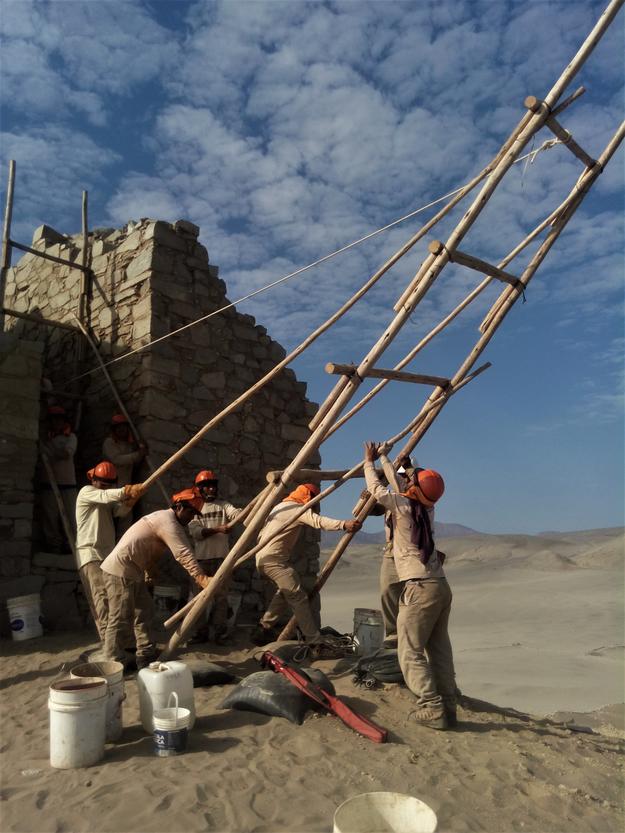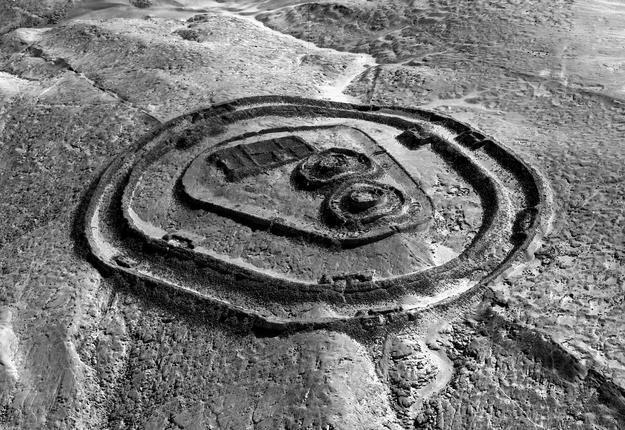Chankillo Archaeoastronomical Complex
Site and Significance
A Unique Ancient Observatory
Archaeological evidence indicates that Chankillo, located in the coastal desert of Peru near the Casma-Sechín river basin, may be the earliest known astronomical observatory in the Americas. Built over 2,300 years ago, the site features a plaza, Thirteen Towers that align on a ridge, and a Fortified Temple surrounded by barricades and defensive walls with false entrances to deter unwelcome visitors. Recent excavations indicate that Chankillo was occupied for a relatively short period of time between the mid-fourth century BCE and the early first century CE, but was subsequently abandoned, and remained largely forgotten until the nineteenth century.
Chankillo is unique among ancient observatory sites because of its two observation points; similar sites around the world contain only one point of astronomical alignment, which does not provide the measurements needed to track the passage of time over a full year. The Thirteen Towers of Chankillo, situated between two observation platforms, span the entire annual rising and setting arcs of the sun, which gradually shifts along the horizon over the course of a year.
By watching the sunrise or sunset from the observation platforms, the inhabitants of Chankillo would have been able to accurately determine the date within one to two days of precision and could therefore regulate the occurrence of seasonal events, including planting and harvest times, as well as religious festivals. Archaeological evidence at Chankillo also suggests that sun worship existed in the Andes around two millennia before the well-known sun cult of the Inca Empire.
Our Involvement
2010 World Monuments Watch Addresses Threats to Site
Chankillo was included on the 2010 World Monuments Watch to raise awareness of the threats facing the site. Centuries of strong winds, humidity, and temperature fluctuations in the inhospitable desert climate, combined with other earthquakes and other major weather events have caused erosion, loss of mortar, and weakening of the site's stone masonry elements. As a result, multiple stones have become dislodged, causing structural instability and the gradual collapse of walls.
Further Efforts Toward Conservation
After inclusion on the 2010 Watch, WMF supported the Chankillo Revalorization and Sustainable Development Project, and the project team has led efforts to excavate, research, and document the site, and to establish its legal boundaries. In January 2013, Chankillo was included on Peru's Tentative List for inscription on the UNESCO World Heritage List, which led to the development of a management plan to support the UNESCO application.
Restoration of the Thirteen Towers
Beginning in 2016, WMF provided essential support for conserving five towers and performing preventive measures where needed. And in 2021, work began at the Fortified Temple to conserve one of its nine gates. These efforts lent support to the UNESCO nomination, which was bolstered further by the preparation of the site management plan.
A UNESCO World Heritage Site
In July 2021, the Chankillo Archaeoastronomical Complex was inscribed on the UNESCO World Heritage List as a masterpiece of human creative genius and an outstanding example of a type of building, architectural or technological ensemble or landscape which illustrates a significant stage in human history. The decision by UNESCO affirms the priceless nature of Chankillo as a resource for helping understand the worldview of ancient societies and their advancements in tracking the cyclical passage of celestial bodies, ensuring this exceptional heritage continues to benefit all of humanity.
Learn More
World Monuments Fund safeguards cultural heritage around the globe, ensuring our treasured places are preserved for present and future generations.
Sign up for our newsletter to receive regular updates on our projects, stories from the field, upcoming events, and more!
![]()
World Monuments Fund (WMF) is grateful to the Ministry of Culture of Peru, the Municipality of Casma, and the Instituto de Investigaciones Arqueológico (IDARQ) for their collaboration and support at the Chankillo Archaeoastronomical Complex. WMF's work at this site was also made possible, in part, by support from The Selz Foundation, the U.S. Department of State's Ambassadors Fund for Cultural Preservation (AFCP), the U.S. Embassy Lima, and Tianaderrah Foundation/Nellie and Robert Gipson, with additional support provided by Antamina-Asociación Ancash, the British Peruvian Cultural Institute, and OHL.
Videos
